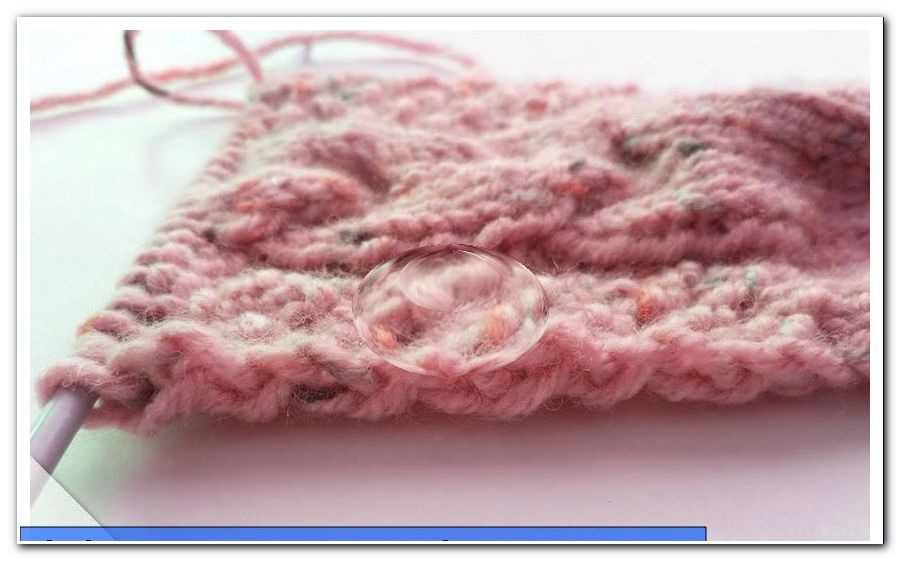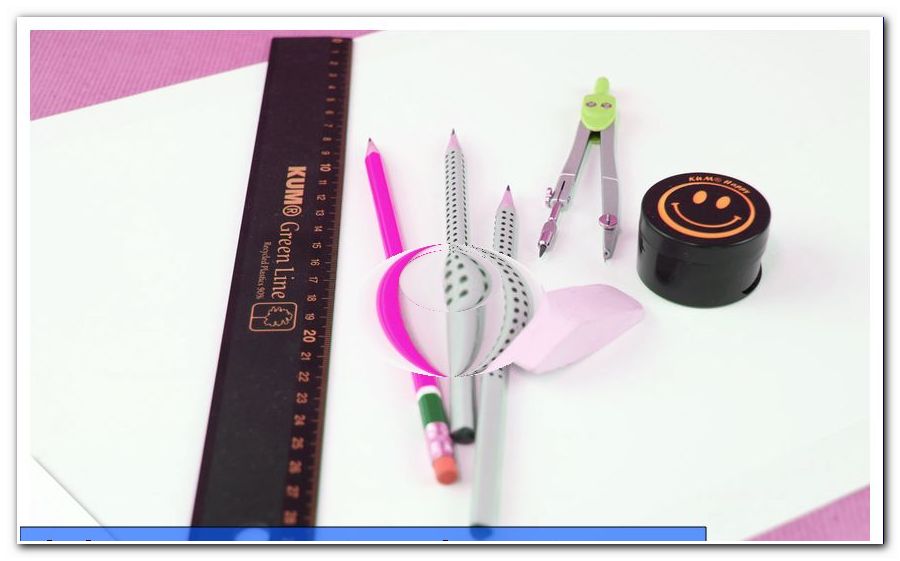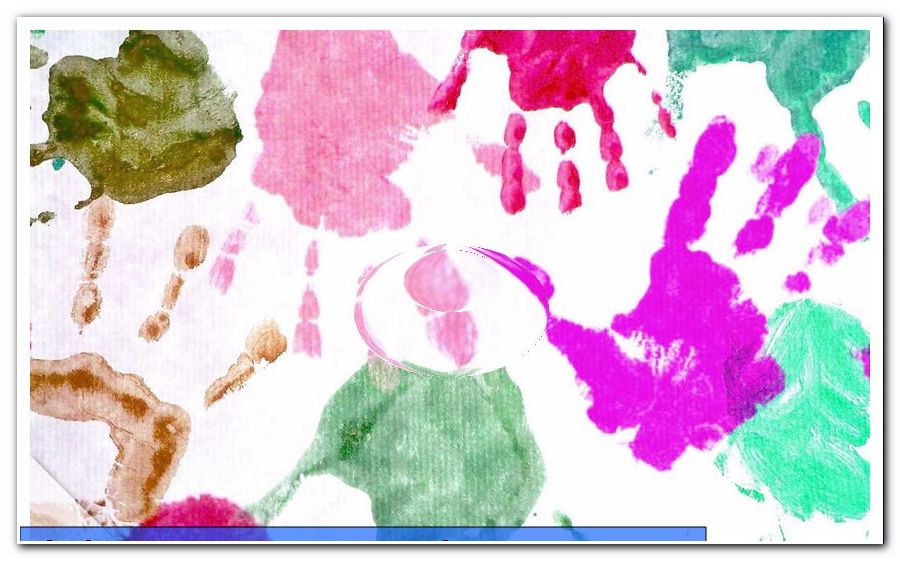Where can you dispose of roofing felt? Information about costs / prices

- preparation
- Estimate quantity
- Order container in a timely manner
- Own preparation
- Dispose of roofing felt
- Cost of disposal
- Examples of prices
- Own disposal
Whether at the garden house, a small shed, the house cultivation or a flat roof of the house, roofing boards are often used as insulation or cover and have only a limited survival time. When changing an enormous amount of waste sometimes falls, which can not be transported away with the small car. The work also does not need it, because there are special disposal options for roofing felt.
Dispose of roofing paper professionally and cheaply
When roofing felt is replaced, your goal should be to dispose of it professionally and cost-effectively. A problem is the composition of the roofing felt, because depending on the time of use, a high level of tar is included. If the roofing felt was manufactured and used before 1970, the main ingredient is tar, which poses a burden to mankind and the environment on disposal. By contrast, roofing felt produced after 1970 does not contain tar, but bitumen, which is considerably healthier. In older roofing boards also often asbestos is included, which requires special care in disposal. Roofing boards, which are provided with asbestos and tar, are referred to as so-called "waste with monitoring needs", therefore, the disposal must be done only in accordance with the regulations. But what sounds complicated is in fact quite simple, it usually requires only one or two short calls to order appropriate material for disposal.
You need this material for the disposal of roofing felt:
- large-area foil (with tarry material)
- Respiratory mask (with tarry material)
- protective suit
- gloves
- safety shoes
- Container
- safety goggles
- Transport (self-disposal)
- Internet access for price comparison
preparation
Estimate quantity
The first step before you can start disposing of the roofing felt is the quantity estimate. Roofing felt is big, bulky and therefore can not even be disposed of. So that you can order a suitable container, you should know beforehand what quantity is required. Please bear in mind when ordering that a container may only be filled up to a certain limit. If the marking is exceeded, the container is not taken by the disposal company. In the case of roofing felt made with harmful materials such as tar, you must also calculate the foil, which is also disposed of in the container.

You can also dispose of the waste yourself at the landfill, but you should abstain from using tarry material for safety reasons. However, you can hand over bituminous roofing boards independently to the landfill. Call in advance by phone and announce disposal. You do not have to announce in advance exactly how much waste you have to dispose of, an estimated value is sufficient. At the landfill your roofing felt is carefully weighed and then disposed of properly. You only pay for the amount you have actually delivered.
Order container in a timely manner
Once you have an estimate of how much roofing felt you need to dispose of, you can look for container rental on the Internet. It is advisable to compare the prices in advance, because you can save a lot of money depending on the company. You should also use the regional reference to save on travel costs.
You can order containers in different sizes, depending on the quantity. Note that when ordering, you must already specify which type of waste you want to dispose of. Roofing felt made with tar may only be disposed of by itself, as it is considered hazardous waste. If, on the other hand, you dispose of asbestos and tar roofing paper, you can dispose of it as a construction waste and possibly save money.
Own preparation
Tar-containing roofing felt  Since tar and asbestos vapor can escape from the roofing boards, a respirator with a suitable filter is required. Apply these before you first contact the roofing felt. You also have to wear a protective suit. Here is a simple suit made of transparent film suitable, which you can buy for example in the painting supplies. Do not touch the roofing felt with bare hands, but wear protective gloves. Also your eyes must not come in contact with escaping dust, therefore you must put on safety goggles before the beginning of the disposal work.
Since tar and asbestos vapor can escape from the roofing boards, a respirator with a suitable filter is required. Apply these before you first contact the roofing felt. You also have to wear a protective suit. Here is a simple suit made of transparent film suitable, which you can buy for example in the painting supplies. Do not touch the roofing felt with bare hands, but wear protective gloves. Also your eyes must not come in contact with escaping dust, therefore you must put on safety goggles before the beginning of the disposal work.
Tarred roofing felt
Even if you dispose of tarred roofing felt, for safety reasons you should wear protective clothing. The simple protective suit (painting supplies) is perfectly adequate and also serves to protect the clothing, since the dirt of the roofing felt is difficult to remove. Gloves are therefore also recommended.
Dispose of roofing felt
 The cardboard is usually removed in strips from the roof and torn. It is prohibited by law to store them on a property, so you must start disposal immediately. If there are any uncertainties regarding the ingredients, always wrap the roofing foil pieces in foil and close them carefully. Only in the wrapped state, you can put the cardboard in the container. For roofing felt, which was certainly made of bitumen only, a wrapping with foil is not necessary, you can just put it blank in the container. Only when the disposal is complete and all waste is in the container, you can commission the company with the pickup.
The cardboard is usually removed in strips from the roof and torn. It is prohibited by law to store them on a property, so you must start disposal immediately. If there are any uncertainties regarding the ingredients, always wrap the roofing foil pieces in foil and close them carefully. Only in the wrapped state, you can put the cardboard in the container. For roofing felt, which was certainly made of bitumen only, a wrapping with foil is not necessary, you can just put it blank in the container. Only when the disposal is complete and all waste is in the container, you can commission the company with the pickup.
Tip: If you do not have slides or dispose of small pieces of cardboard, you can alternatively use plastic bags.
Cost of disposal
If you have to dispose of roofing membranes, the costs depend on the quantity and on the company where you order the container. Inform your local waste disposal company.
Tar-containing roofing felt
On average, the disposal of one tonne (1000 kg) of tarred roofing paper costs about 300 euros. However, these prices may vary, so a cost comparison on the internet is recommended. The larger the amount to be disposed of, the higher the prices are. For large quantities of roofing felt we recommend the provision of a large container. Tar-containing waste must always be stored separately, as otherwise no acceptance takes place from the landfill.
Tarred roofing felt
Roofing boards that are not contaminated with asbestos or tar can be disposed of together with other building rubble. Again, it is advisable to talk in advance with the disposal company on site.

Examples of prices
On the websites of companies operating nationwide, you can inform yourself roughly about the prices. However, a personal conversation is appropriate to inform yourself about details. Some providers have no differentiation between tar-containing and tar-free roofing felt on the website.
Provider www.containerdienst.de
| place | containing tar | tar-free |
| Cologne | 235.90 EURO / m³ | 64.90 EURO / m³ |
| Berlin | 349.90 EURO / m³ | 98.90 EURO / m³ |
| augsburg | 238, 90 EURO / m³ | 83, 90 EURO / m³ |
| Chemnitz | 252.90 EURO / m³ | 82.90 EURO / m³ |
| Hamburg | 255.90 EURO / m³ | 113, 90 EURO / m³ |
Provider www.containerdienst24.de
| place | containing tar | tar-free |
| Cologne | 241.29 EURO / m³ | 69.86 EURO / m³ |
| Berlin | 379.67 EURO / m³ | k. A. |
| augsburg | 259.67 EURO / m³ | 106.33 EURO / m³ |
| Chemnitz | 279.67 EURO / m³ | 109.67 EURO / m³ |
| Hamburg | 286.33 EURO / m³ | 143.00 EURO / m³ |
All companies have different container sizes available for rent (3 m³, 5 m³, 7 m³). You can see for yourself that the tariffs can vary significantly, but the benefits are almost identical. A container of appropriate size will be provided, which will be filled by you. You have to make sure that only roofing felt (sanded, wrapped in foil) is filled into the container. After you have finished with the disposal work, you can pick up the container and the waste is disposed of properly.
Conclusion:
The overviews clearly show the regional difference. Therefore, I recommend to inform yourself in the "Yellow Pages" (www.gelbeseiten.de) about the regional waste disposal services and to discuss by phone or in person with the nice colleagues on site, under which aspects and at what price the roofing felt is disposed of.
Own disposal
If you only dispose of a small amount of waste or have a means of transport at your disposal, you can save money by driving your roofing boards independently to the special waste disposal site. However, the same precautions apply, with roofing boards containing asbestos and tar, a wrapping with foil is indispensable. Also make sure that you do not come into contact with the waste products in the vehicle. At the landfill, your waste is weighed on a calibrated scale and billed according to weight. Depending on the company, different prices apply.
Examples:
| place | Tarred roofing felt |
| Berlin | 0, 70 EURO / kg |
| Chemnitz | 0.28 EURO / kg |
Landfill company richterundschulz.de (Berlin):
Here, the discarded roofing paper is billed according to cubic meters. Costs per m³ amount to 110.00 Euro. The prerequisite is that you bring the waste independently to the delivery point.
Landfill company eva-abfallentsorgung.de (Berlin):
At this company, you can deliver your roofing felt at a price of 135.00 Euro per cubic meter.
Please also note during self-contained disposal on site that the roofing felt must not be mixed with other waste. Tarred roofing felt is considered hazardous waste and must be treated accordingly. The self-contained disposal is therefore recommended only for bitumen-containing material, since the health risk can be kept lower in a container disposal. If you have any doubts about the quality of your roofing felt, in case of doubt, you should prefer all safety precautions.
Conclusion:
In any case, it is advisable to ask regional waste disposal companies and obtain a non-binding offer, as the price differences can be enormous. Unfortunately, you can not give any information on standard costs.
Important tips in brief:
- First calculate the amount of waste
- Order containers on time
- Wear protective clothing before contact with debris
- Wear a respirator on tar-containing cardboard
- Tar-containing waste is wrapped in foil
- Dispose of roofing felt separately if there is a risk of pollutants
- Bituminous material is considered rubble
- Use plastic bags for small quantities
- Only fill containers to the limit mark
- No intermediate storage on the property
- Disposal locally much cheaper
- Only transport bituminous material yourself




